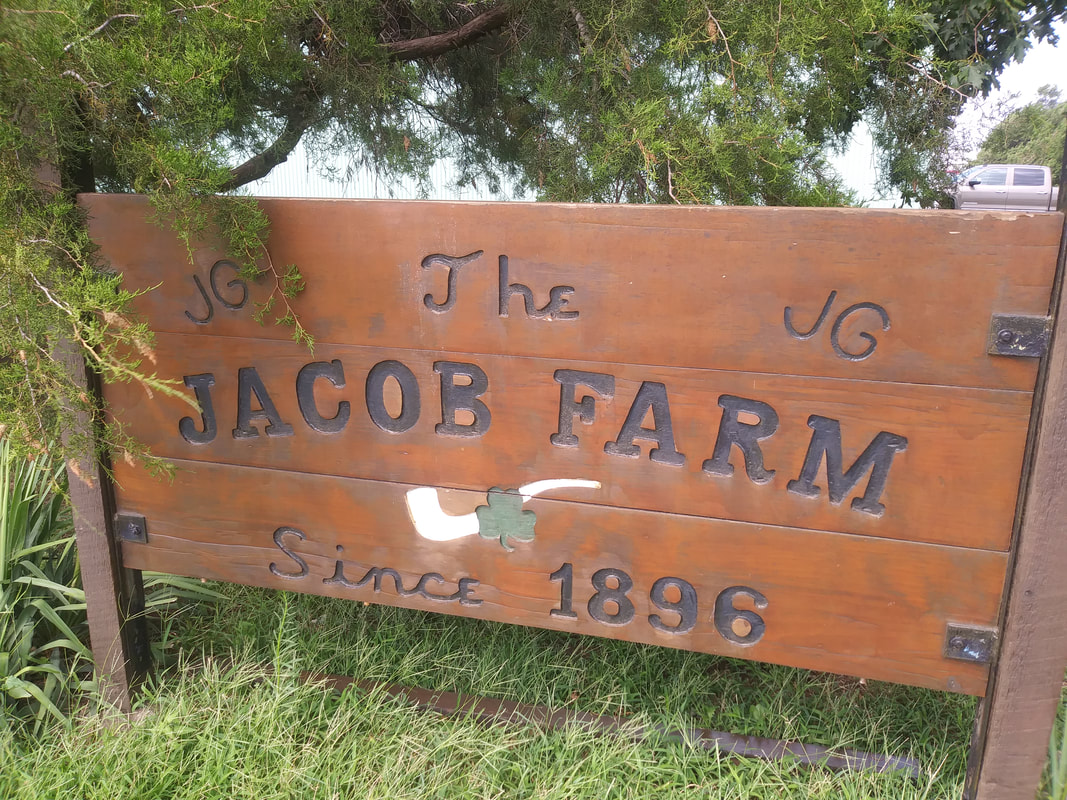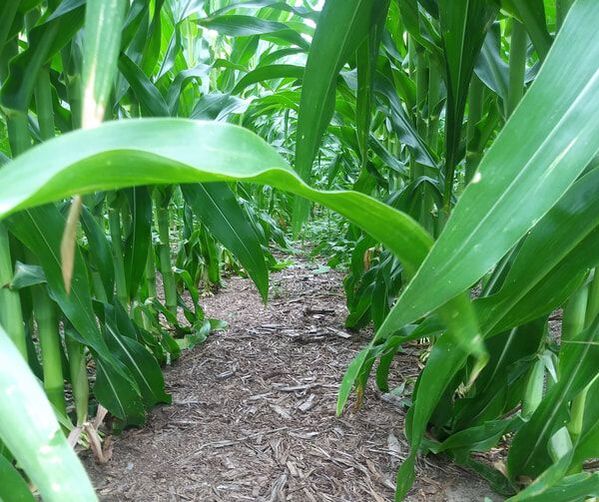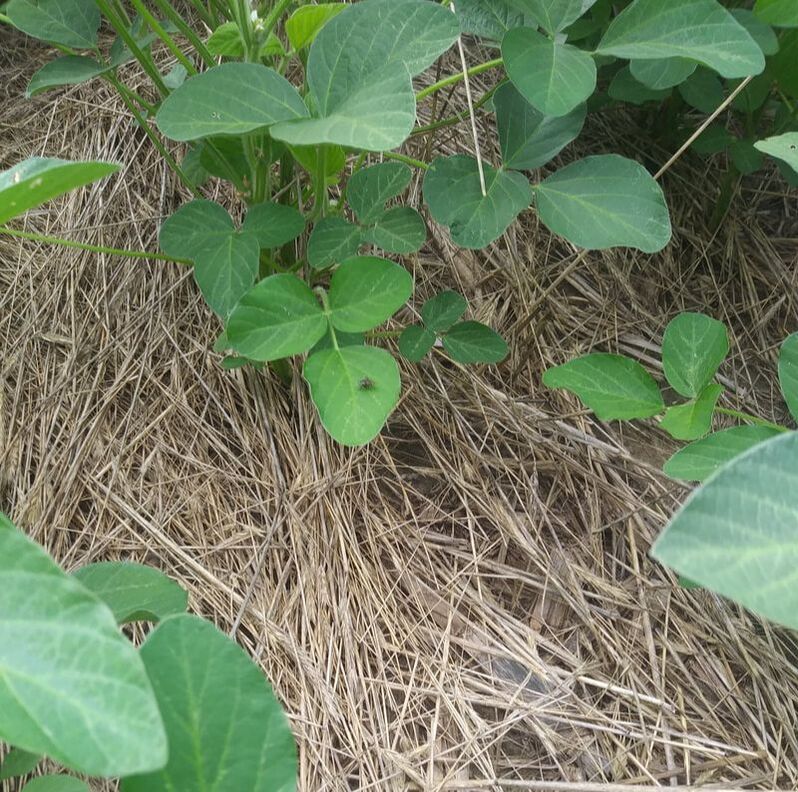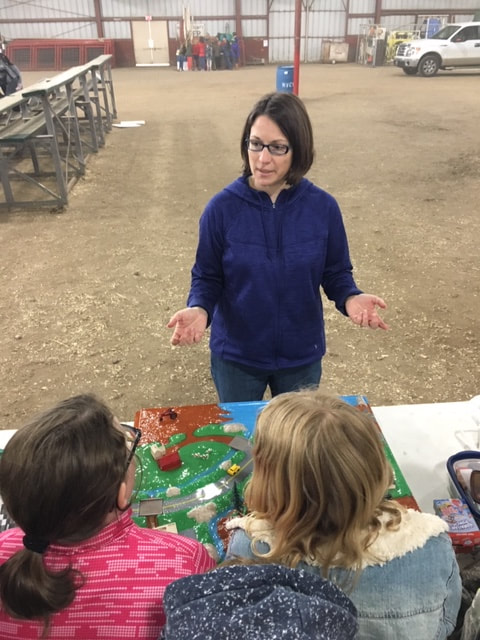|
Yesterday I visited Jacob Farms & Cattle and met with Ryan Speer, one of the co-owners of the Farm and a National Association of Conservation Districts Soil Health Champion. Speer is known for successfully implementing no-till and cover crop practices. He commented that ten years ago cover crops were rare in this area; however, now they are much more popular. For example, planting rye as a cover before soybeans has become a common practice. Speer’s goal is to maintain a living root in the soil 365 days a year. This supports soil biology and helps retain moisture. As we toured some of Speer’s fields, the benefit of the water retention was visible – his dryland crops were not as stressed as crops in nearby fields that had been tilled and not cover cropped. Speer explained that because his soils are holding water, his crops have a bigger window of time to capture rain. Could they eventually succumb to heat and drought stress? Yes, but not as quickly as crops that do not have the benefit of standing residue and covers in the system. I asked Speer about the impact of rainfall quantity on cover crops. He stated that rainfall dictates which covers to use. In areas with lower rainfall, it is important to utilize covers to capture what little water is received – to take advantage of it. One would use a seed mix that requires minimal water in these settings. An additional aspect of Speer’s system is to incorporate grazing of cover crops. He has been doing this for the last five years and now offers custom grazing – grazing for other livestock owners’ cattle. Speer uses four to ten species in his cover crop mixes, depending on the grazing plan. “So how do you know that what you are doing is working?” I asked. Speer replied that he has observed a significant increase in water infiltration rates. Organic matter is improving slowly, roughly 0.1 to 0.2% per year. In the last 10 years, Speer has seen a total increase of organic matter of 1.5%. He estimates that weed control is 60-70% better with utilization of cover crops, thus requiring fewer chemical inputs. This leads to financial savings. Speer advised that practices such as no-till and cover crops should be regarded as part of an overall system. Farmers who switch to no-till and cover crops may have to wait five years to see economic benefits. Tillage comes at a cost when you factor in labor, depreciation of equipment, and fuel cost. Similarly, without cover crops, the input costs can be higher – for weed control and fertilizer. In the Jacob Farms system a cover crop that includes legumes decreases the need for nitrogen application the following year. Speer summarized the benefits of his system this way, “we are growing way more crop with less chemicals and fertilizer than previously.”
1 Comment
|
Proudly powered by Weebly




